Affiliate links on Android Authority may earn us a commission. Learn more.
Incognito mode unmasked: What it does and what it doesn't do
Published onFebruary 19, 2025
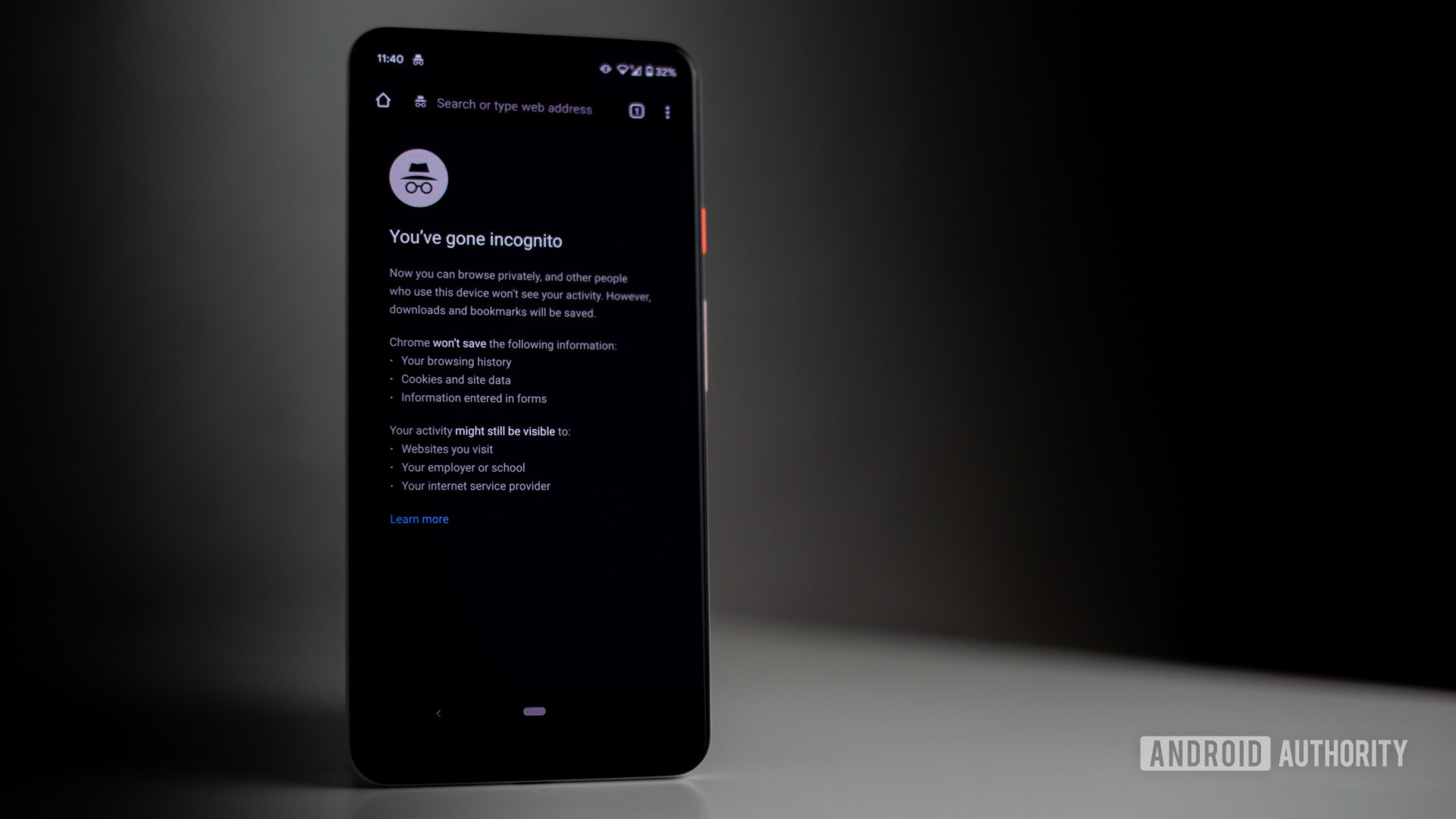
Smartphones are a vital life tool and yet also a privacy nightmare. If you don’t take the proper precautions, you could quite literally expose yourself to unwitting friends or family members who pick up your device and stumble into the wrong app or folder. Thankfully, companies offer a variety of ways to protect ourselves, such as the mysteriously named Incognito mode.
But first, let’s back up a second: Use a screen lock. Pick whichever works for you: a PIN, password, pattern, fingerprint, or face unlock. A screen lock provides the first layer of defense and should be (almost) all you need to protect yourself. There are, however, those with whom we share our screen locks, such as partners or trusted family members and friends. Also, if you’re a parent, don’t believe for one second that your kids haven’t figured out your password… they have.
Since some people may get past our screen locks, a second line of defense against undue embarrassment is required. One such bulwark is Google Chrome’s Incognito mode, or private browsing. Incognito mode isn’t infallible, however. In fact, it has limitations you should know about.
Here’s what Google’s Incognito mode does and what it doesn’t do.
What is Incognito mode?
The word “incognito” means to hide one’s true identity. Incognito mode is just that; it’s a way to hide as you travel the web. As realized in Google Chrome, Incognito mode hides your browsing history so others can’t see the websites you’ve visited. In effect, it masks your footprints across the web.
How to turn on Incognito mode
Incognito mode is available in the Chrome browser for all platforms it supports. This includes Android, iOS, macOS, Windows, and, of course, Chrome OS. We’ll show you how to use it on multiple platforms here.
By the way, we will show you how to use Chrome in Incognito mode. If you don’t have it yet, you can download Chrome from the Google Play Store or Apple App Store. If you’re using a PC (Windows or macOS), you can get Chrome straight from Google. Chromebooks come with Chrome by default.
How to use Chrome Incognito mode on Android:
- Launch the Chrome browser.
- Tap on the three-dot menu button in the top-right corner.
- Select New Incognito tab.
How to use Chrome Incognito mode on iOS:
- Launch the Chrome browser.
- Tap on the three-dot menu button in the lower-right corner.
- Select New Incognito Tab.
How to use Chrome Incognito mode on PC:
- Launch the Chrome browser.
- Click on the three-dot menu button in the top-right corner.
- Select New Incognito window.
You’ll see the little spy-like icon with a fedora and glasses and a confirmation that “you’ve gone Incognito.”Congrats, you are now browsing privately. You can jump between Incognito tabs and regular tabs by tapping the tab tool in the address bar. You’ll only be browsing privately when you’re in an actual Incognito tab.
What does it mean to browse privately?
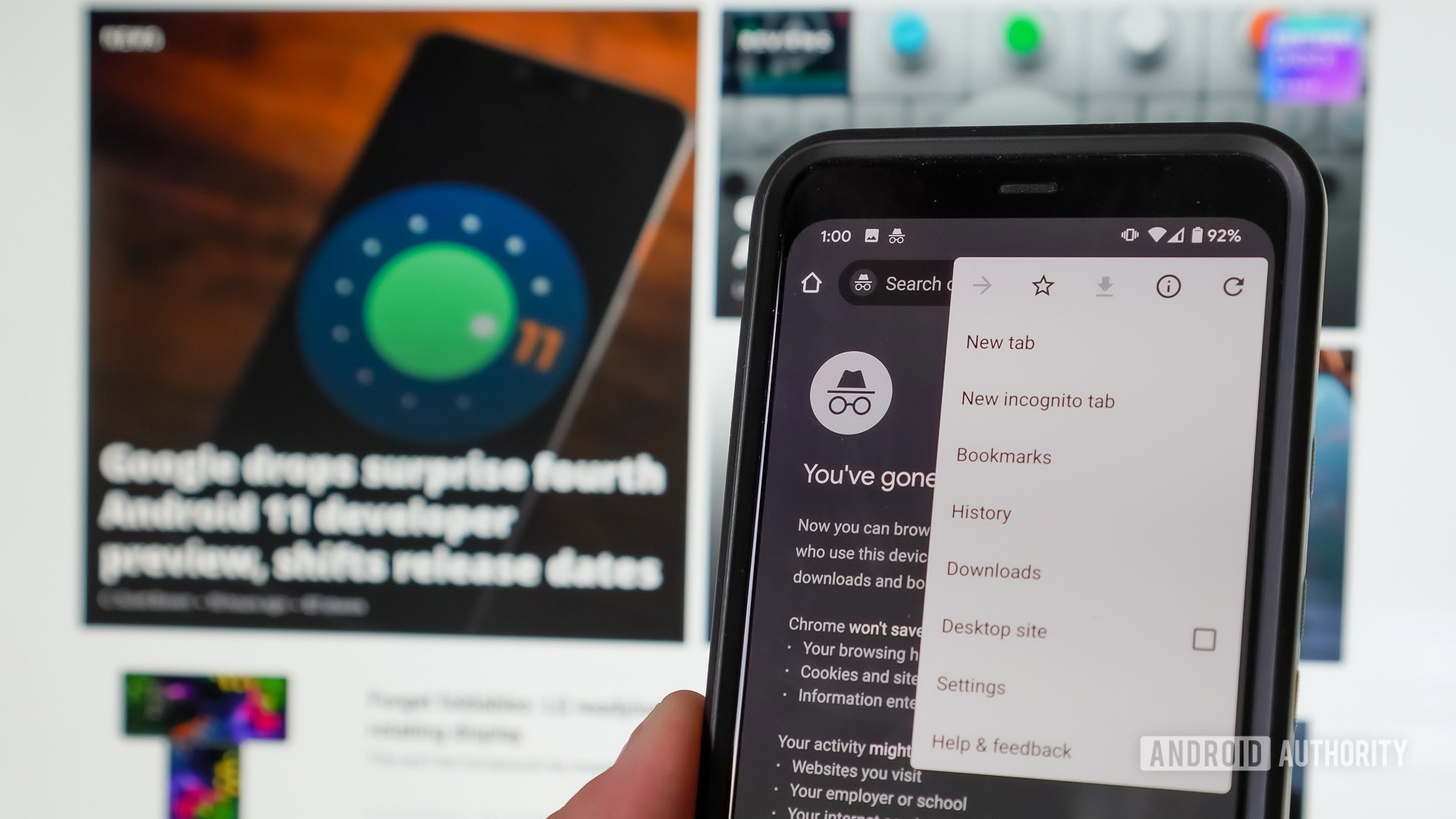
Incognito mode, or browsing privately, is a device-specific safeguard. If you use Incognito mode on one device but not another, that second device’s browser history is still vulnerable.
At its simplest, Incognito mode prevents others who pick up the device from seeing your browser history. When in Incognito mode, Chrome itself does not save your browser history or any data you type into web forms in this mode. Google Chrome will not sync your private browsing history across your account, assuming you’re signed into Chrome.
However, this doesn’t mean Chrome isn’t storing some things. Chrome will remember cookies, site data, and permissions granted while you’re browsing in Incognito mode. Still, this information is deleted upon closing the Incognito tab.
If you use private browsing, no one who picks up your device will know you visited your bank’s website or — ahem — “other sites,” which might cause embarrassment.
Some information is still visible to others
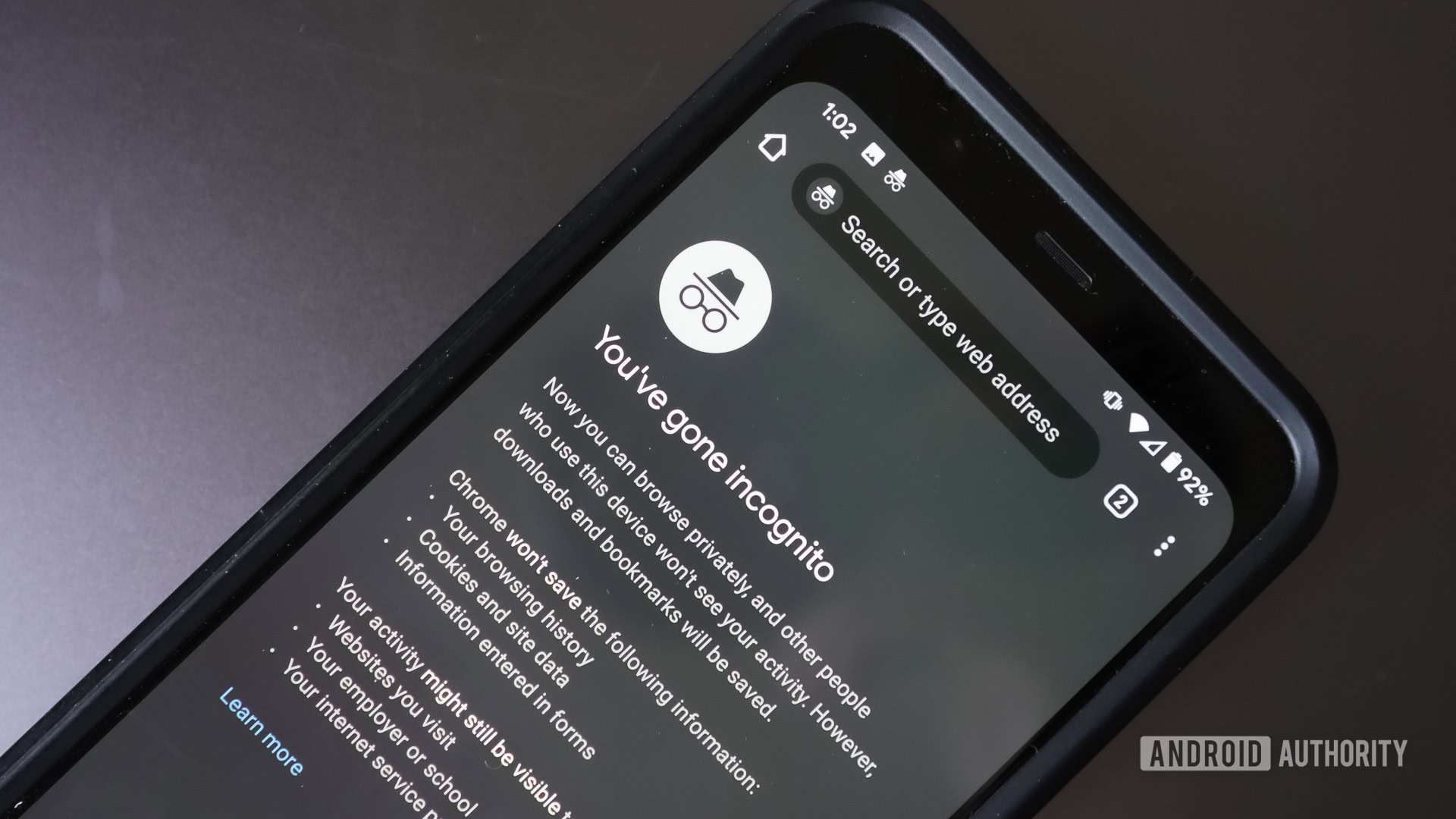
As stated, Incognito mode prevents Chrome from logging your surfing sessions on your device. However, it doesn’t prevent a whole range of others from seeing your online activity.
For example, any website you visit will know you visited, as will its advertisers. Any website you sign into will know you browsed that site, especially if you logged in using a personal account. If you’re at work or school, whoever runs the network will have access to your browsing activity. The same goes for your internet provider at home. Search engines, too, will have access to your activity and may even show search suggestions based on where you are or what you are up to. These will associate any private browsing to your IP address. Even Google itself may be tracking your Incognito browsing habits.
What can these entities actually see? Here’s a list:
- Your IP address, which is a way of identifying your basic location.
- Your actual, real-time activity as you use a website or service.
- Also — and this is key — your identity if you sign in to any web service. That includes Google-owned sites such as Gmail.
Incognito mode does not hide you from law enforcement.
Incognito mode does not hide you from law enforcement, which can task your wireless or wired internet provider to locate your IP address and reveal your history.
But wait: there’s more. Chrome does not store any files you may download while browsing in Incognito mode; however, those files are saved to the main Downloads folder in your device. The files will be there even after you close your private browsing session. This means anyone using your device can find and open them.
Any bookmarks you create in private mode are saved to Chrome. That means if you save a bookmark for an adult website or service, it’ll show up in your bookmarks folder. Moreover, any preferences, settings, and accessibility adjustments you make during private browsing may be saved to Chrome, too.
Why bother using Incognito mode?
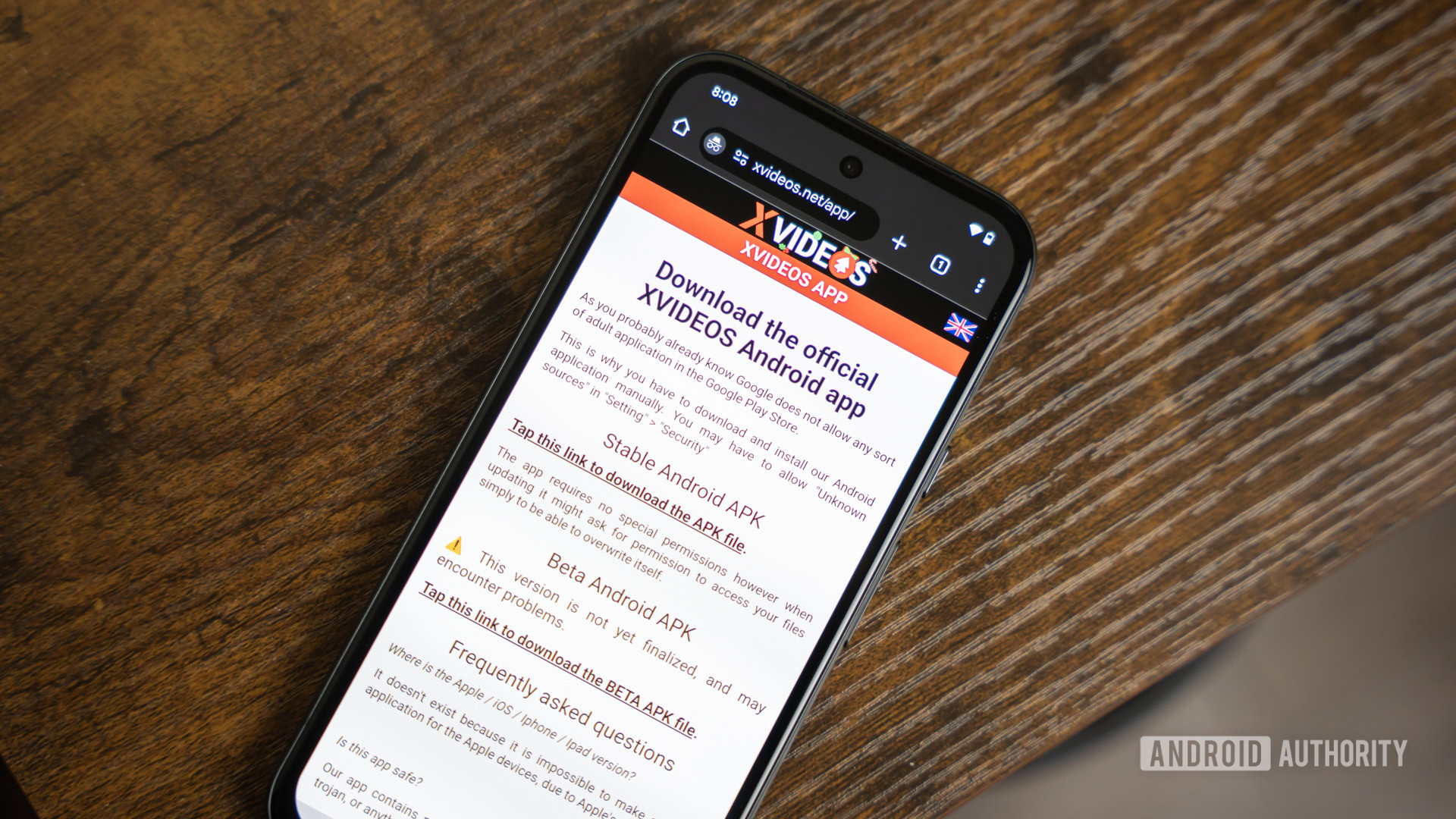
There are specific reasons why you should still use Incognito mode. You may not be wholly protected while using it, but you’re at least shielded from some embarrassment and the potential of harming your close family and friends.
For example, please use private browsing if your family shares a tablet or PC — mainly if there are kids in your house. Kids can get into trouble on devices easily enough, so don’t give them easy access to your favorite adult or financial sites.
Please use private browsing if your family shares a tablet or PC.
Another example: you’re using a public computer. Say you have to fill out some form on a machine in the doctor’s office or similar. Maybe you want to log into one of your accounts. See if you can switch on Incognito mode so others who use the device can’t go back to the page and stumble onto your data.
Last, if you don’t want your partner or significant other to know what you’ve been up to online, private browsing is the best way to keep that information to yourself. This is essential for things like gift-buying and surprise parties.
How do you turn off private browsing?
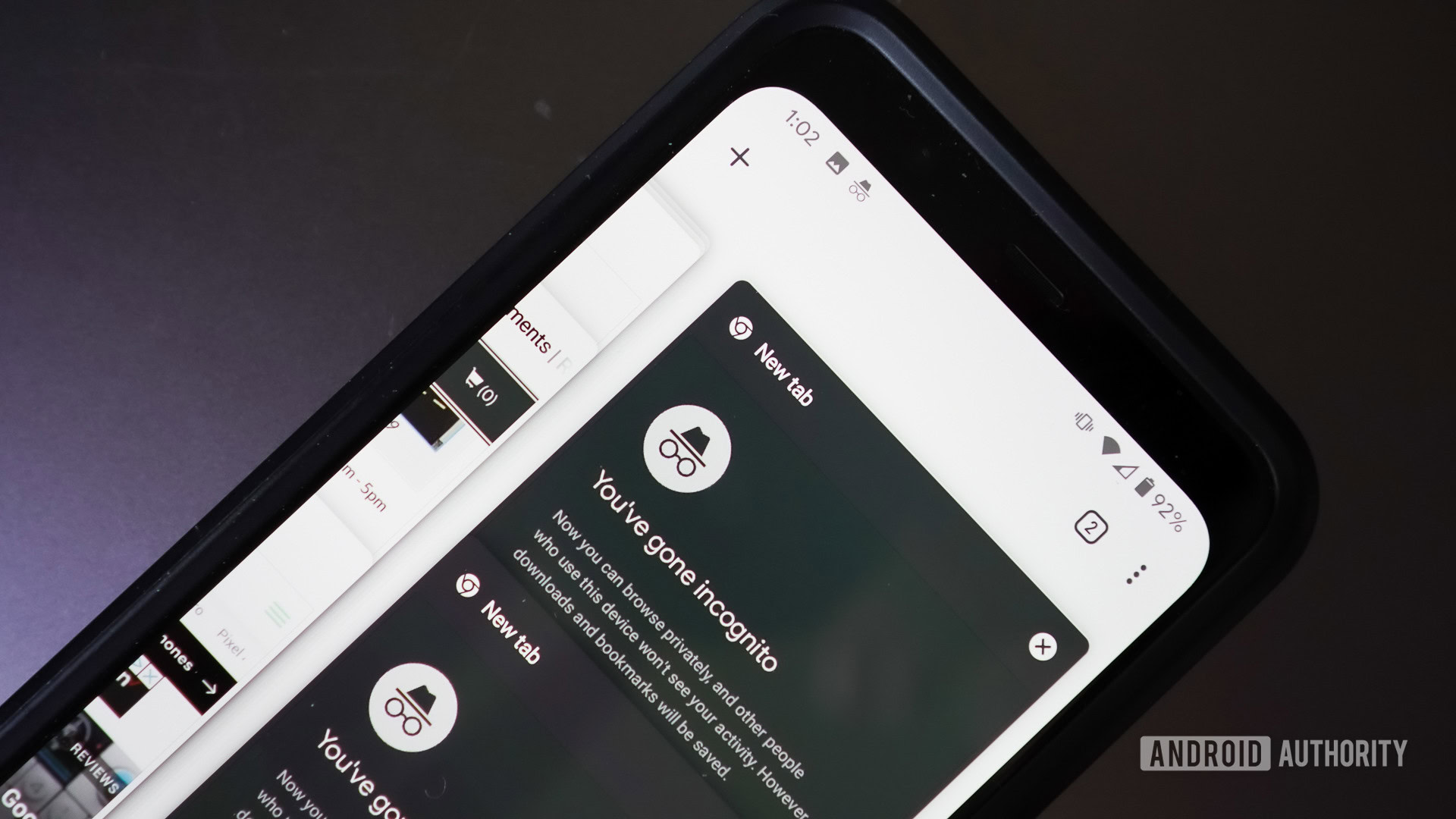
It’s pretty easy to turn off Incognito mode. It’s simple to locate since Incognito mode runs in its own tab or window apart from your regular Chrome tabs. On mobile, all you have to do is tap the tabs icon, and it should show two series of tabs: regular on the left and Incognito in the middle (tab groups will be on the right side). Tap on the Incognito icon and close all Incognito tabs. On a computer, just close the Incognito window by clicking on the X icon.
Alternatively, some of you may still have a really convenient way to avoid trouble. Let’s say you were enjoying some adult content but shut your screen in a hurry and left the tab active in Chrome. Anyone who opens Chrome will land right smack in the middle of that content. In the past, Chrome allowed you to end all Incognito tabs from the quick settings menu. It appeared as a silent notification. If you still have this feature, simply tap the Close all Incognito tabs notification, and it will silently shut everything down on the sly. Crisis averted big time.
Closing Incognito mode is critical. Everything remains in the open until you actually close the Incognito tabs.
Do other apps and browsers have Incognito mode?
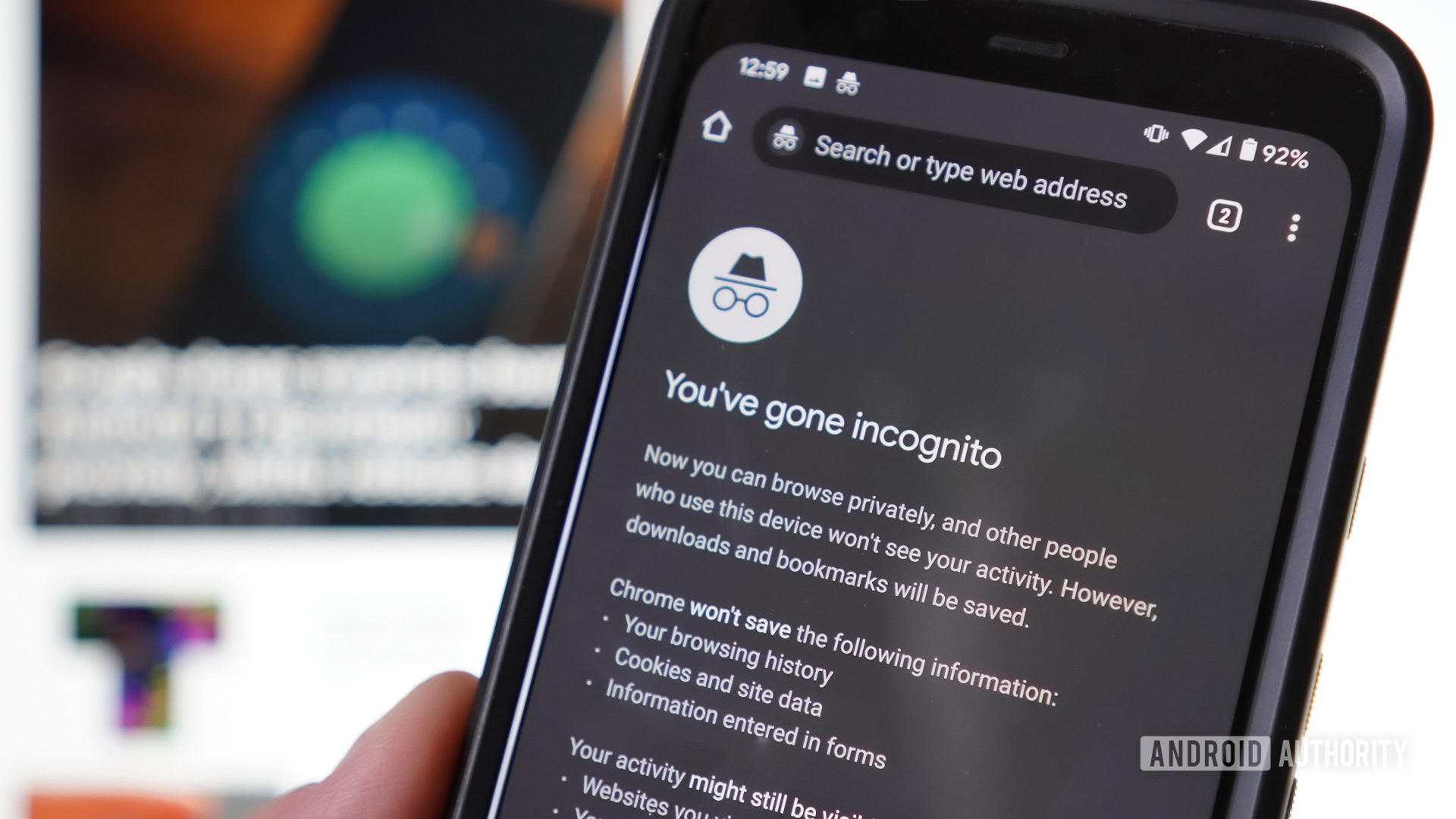
Other browsers and apps sure have their own versions of Incognito mode. Google’s own Maps app has Incognito mode. The idea is to allow you to browse for and search through this app without recording your searches.
Incognito mode for Google Maps allows you to hide your travels and your searches. Neither of these solutions prevents other apps from seeing what you’re up to. YouTube has Incognito mode, as well. It prevents others from seeing your search and view history. The limitations are the same as they are with Chrome.
Safari for the iPhone, iPad, and Mac supports private browsing. You can access it by tapping the tabs icon in Safari and selecting Private, then press the + icon to open a new tab. On Mac, just launch Safari, click on File, and select New Private Window. Apple says Safari won’t remember the pages you visited, your search history, or your AutoFill information after you close a tab in private browsing mode.
The Microsoft Edge browser for Windows machines has InPrivate mode, and Firefox supports Private Browsing for most platforms. As with other apps, these prevent the browser from recording your browsing history when in the proper mode. We also like Brave Browser and have a great roundup of all the best web browsers for privacy.
Can I actually hide my browsing from everyone?
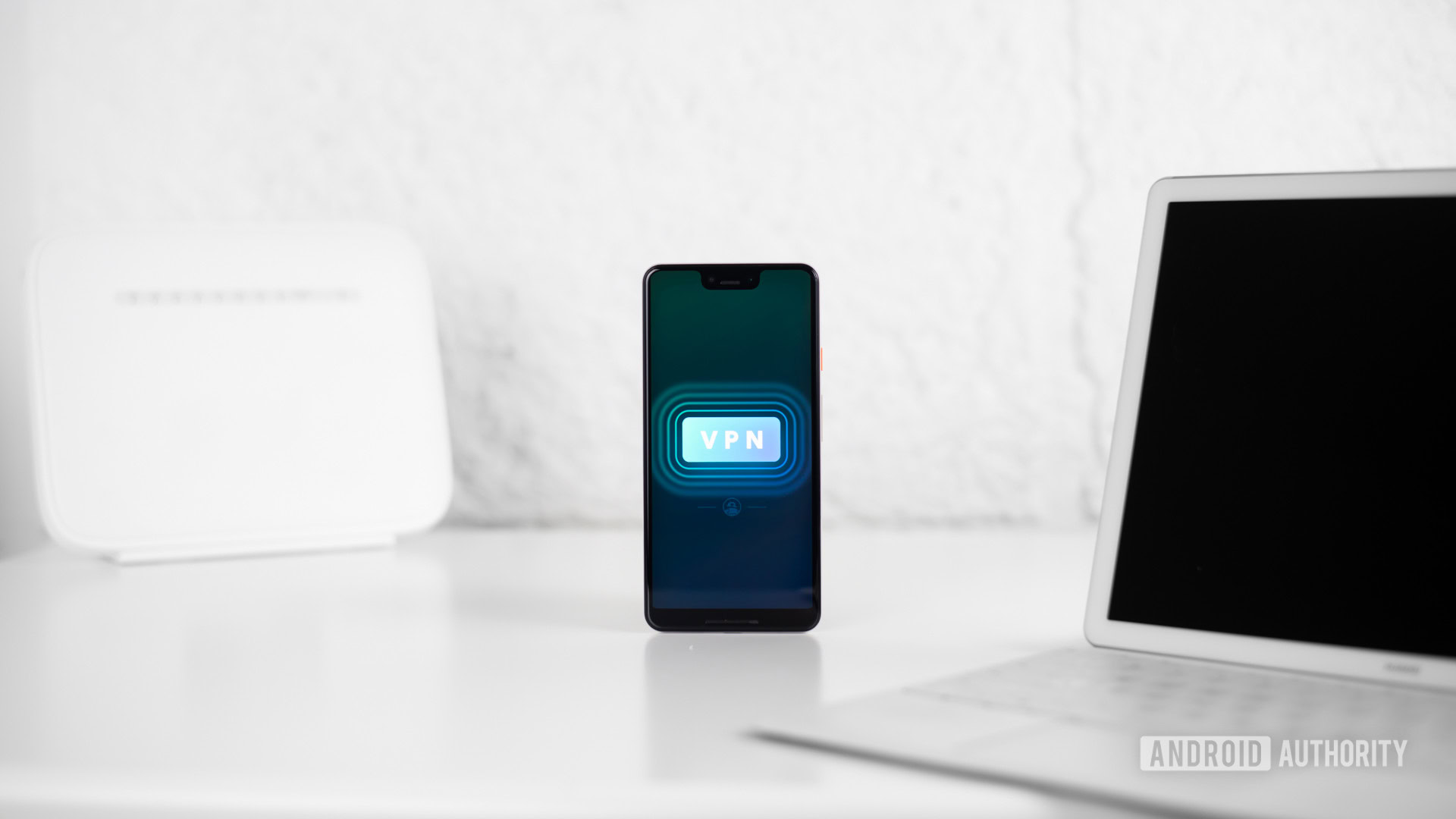
If you feel like Incognito mode is simply not enough, and you actually want to hide everything you do online, you may want to try using a VPN. A virtual private network works as an intermediary between your devices and the internet, rerouting all data through its servers, scrambling the data, and leaving no trace of who did what online. Of course, that is only if the VPN provider has a no-logging policy.
If you use Incognito mode, in conjunction with a good VPN, all your browsing will be completely private. Not even your internet service provider will know what you’re doing. Websites won’t either, again, unless you actually sign into an account.
If you’re looking for a good option, we have a list of the best free VPN services here.
Google Chrome’s Incognito mode isn’t a perfect solution, but it does have its uses. Keep in mind that it doesn’t impact most apps at all. If you download an adult content app, that’s totally on you to hide in a folder or lock it down with a passcode.
Whether you have anything to hide or not, safe browsing, folks!